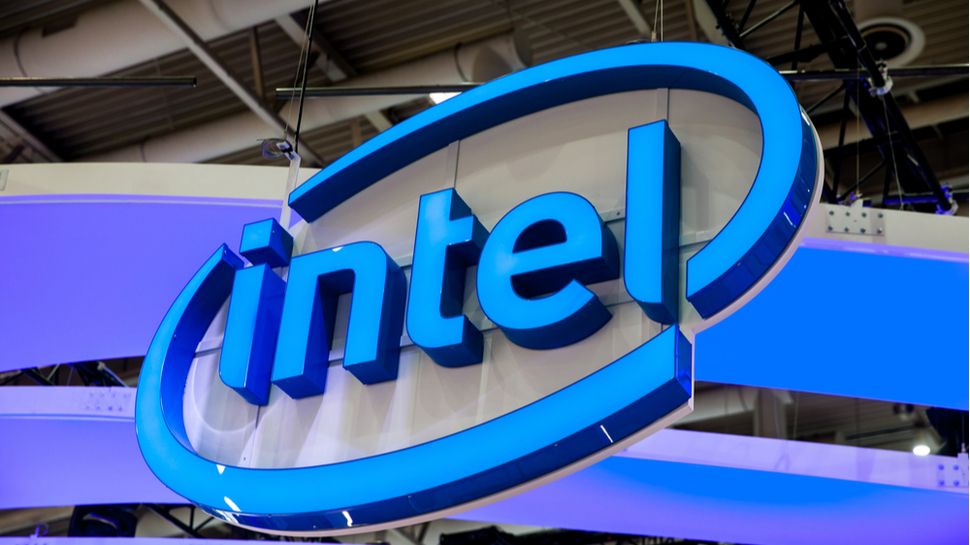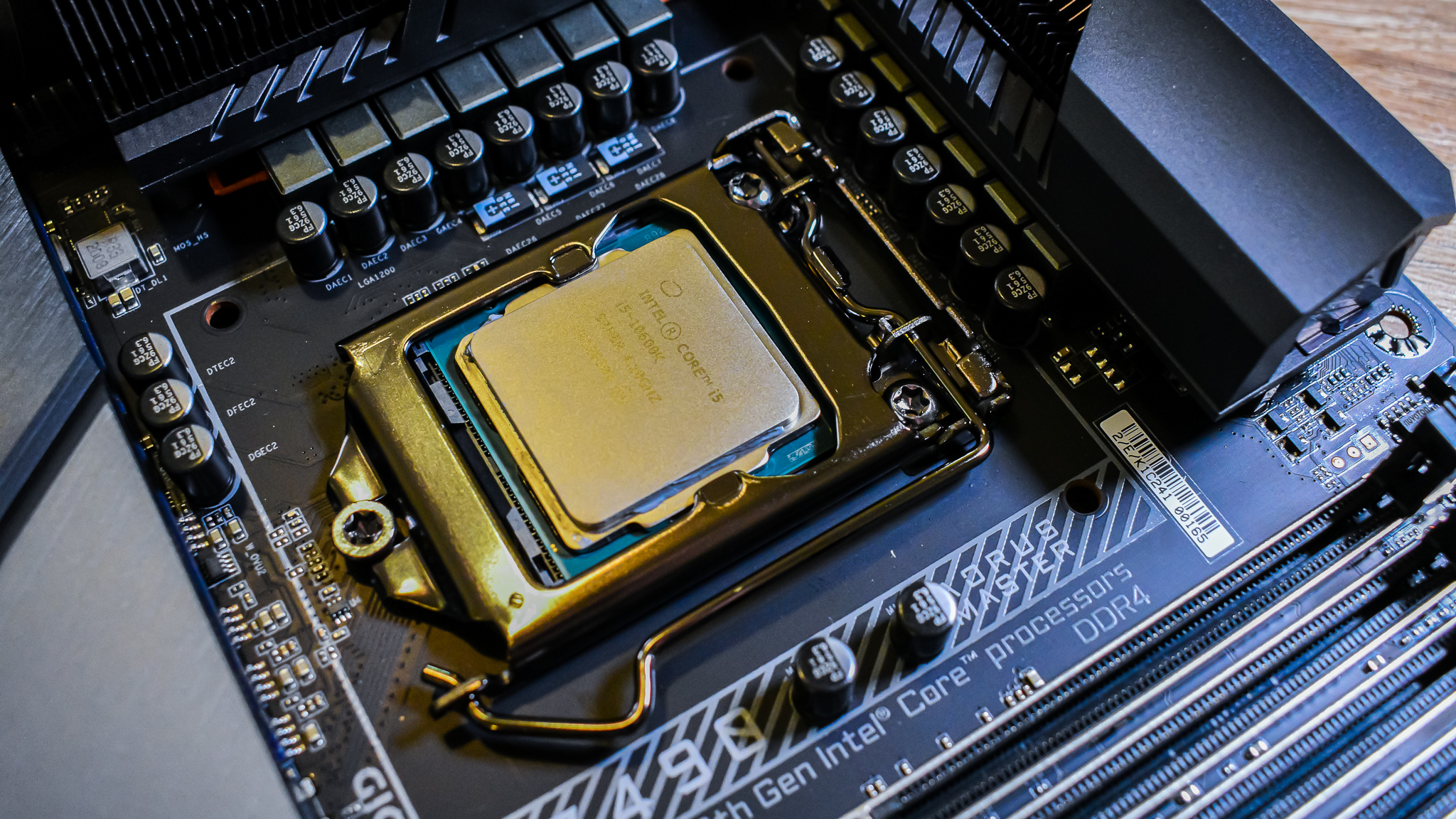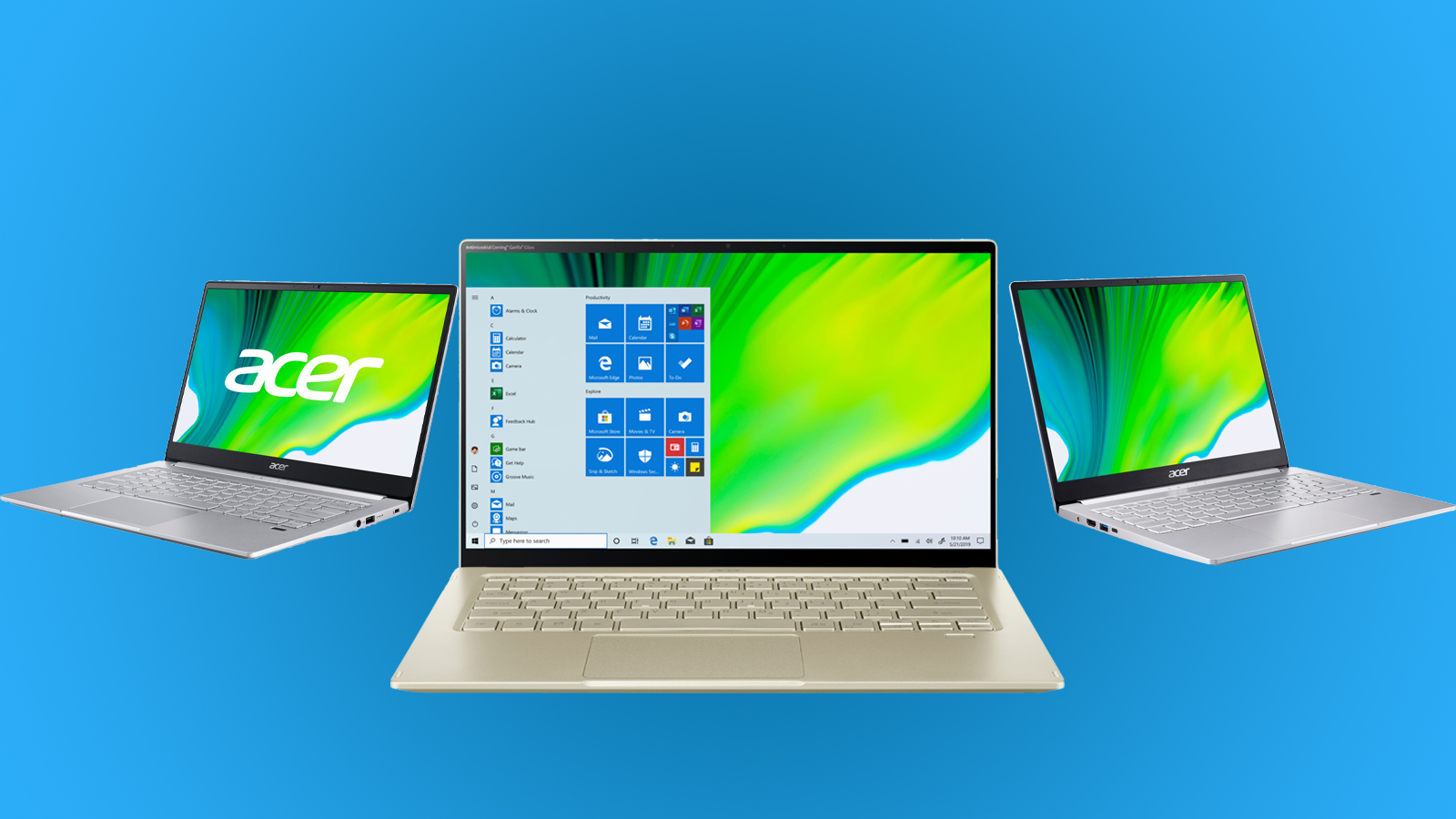Intel in 2020: year in review
It’s a fairly bleak overall picture – although there are brighter aspects including laptops

If you’ve been following the tech news throughout 2020, it likely hasn’t escaped your attention that the stories and rumors around Intel haven’t been entirely positive. They run the gamut from tales about how AMD processor sales are crushing Intel to dust on the desktop, through to news of further delays in Intel moving to next-gen CPUs, and Apple deciding to go its own way with Macs, eschewing Intel silicon.
That said, this year hasn’t been a complete loss for Intel, and we witnessed glimmers of hope – most notably with laptop chips and new Xe GPUs. Let’s take a deeper dive into Intel’s pros and cons for 2020, and how the overall balance sheet comes out at the end – and what that might mean for next year.
- We'll show you how to build a PC
- Check out the best Intel processors
- Will Intel's high-end GPU compete with the best graphics cards next year?

Desktop woes
Intel’s big move on the desktop CPU front this past year was the introduction of Comet Lake processors, but ushering in these 10th-gen chips was not a process that ran all that smoothly.
We were very disappointed when Intel failed to even mention Comet Lake at CES right at the start of 2020, and after rumors of delays, and trouble behind the scenes with taming power usage for the flagship chip, the launch of the CPUs didn’t actually happen until the end of April (remember that the previous 9th-gen range emerged in October 2018, so it was a long wait for the 10th-gen).
And granted, Intel did manage some impressive feats in terms of pushing clock speeds and achieving great single-core performance – and introducing a 10-core flagship, the Core i9-10900K, to boot.
But as we observed in our review, the 10900K seemed to fall between stools somewhat, not quite managing to match the raw gaming performance of the outgoing 9900K, and falling behind the AMD Ryzen 3900X in CPU-heavy workloads.
The Core i5-10600K was the highlight of the Comet Lake range providing good performance for the money in a mid-range CPU – it’s actually the only Intel chip on our best processors list at the time of writing – even if it delivered that at a cost in terms of power usage. The lack of PCIe 4.0 support was also a sticking point across the entire 10th-gen series.
Sign up for breaking news, reviews, opinion, top tech deals, and more.
And of course, as the end of 2020 rolled around, AMD’s Ryzen 5000 processors burst onto the scene, leaving Comet Lake silicon truly out in the cold. Initial sales of Ryzen 5000 models have been seriously impressive, and Intel is now even further behind in the desktop CPU market.
An answer is needed, and it’s coming in the form of Rocket Lake chips, but these won’t turn up until early 2021 (finally bringing in PCIe 4.0 support). Early leaks are promising, but we’re talking about 2020 here, not next year. And in 2020, Intel lost more ground to AMD in the desktop arena – which it could ill afford – and Rocket Lake needs to come in fighting, and as early as possible next year.
What’s also worth a final note here is that there wasn’t any sign of new high-end desktop (HEDT) processors from Intel this year, or indeed even any whispers that they might be coming in the near future at all. The status of potential next-gen HEDT chips remains a mystery.

Tiger Lake burning brighter
As you may be aware, the crucial territory for Intel isn’t desktop CPUs, though – not that they aren’t important, because they most definitely are – but the laptop market is where it’s really at in terms of the lion’s share of processor sales. And it’s here that the chip giant remains dominant – but Intel is losing some ground to AMD in the notebook arena, slowly but surely.
Ryzen 4000 mobile chips proved a potent challenge earlier in 2020, appearing on the scene from March with some serious punch, and ushering in a number of affordable laptops which offer a massive amount of bang-for-buck in terms of performance. These AMD-powered laptops certainly made an impressive impact throughout 2020, and Intel didn’t have a reply until the tail end of the year, when Tiger Lake was unleashed (on a 10nm process).
Fortunately for Intel, Tiger Lake chips are impressive pieces of silicon themselves, even though these mobile CPUs topped out at quad-core chips, and AMD’s Ryzen 4000 range offered 8 cores. While AMD may be the best choice for those needing a portable for heavier workloads and apps that use multiple cores, Tiger Lake is a better proposition for basic computing tasks, and indeed gaming, where Intel’s integrated Xe Graphics help a good deal – although mileage will vary depending on the exact game.
On an overall level, there’s not that much between Intel Tiger Lake and AMD Ryzen 4000 – it’s a picture of relative strengths and weaknesses, and roughly trading blows. Which chip might be better for any given laptop buyer depends on their exact use case, as well as the exact model of CPU (and its TDP) that they’re looking at.
In short, Intel has done just about enough here – particularly seeing as the availability of notebooks sporting top-end Ryzen 4000 CPUs is still very shaky – but it’s more a case of drawing level with AMD in performance terms for 2020. The problem being that Ryzen 5000 mobile chips are just around the corner – indeed they’re expected to be revealed at the very start of 2021 at CES – offering huge performance boosts if the rumor mill is anything to go by.
However, briefly looking to the future, laptops with those AMD CPUs inside may still be a good way down the line. As to when Intel’s counterpunch is coming, we don’t know – though we do know that the Alder Lake chips in the pipeline are going to be a big change at some point later in 2021 (theoretically). Furthermore, 8-core Tiger Lake chips are planned to arrive first, which should address those multi-core performance issues.

GPU possibilities
Intel wasn’t just about processors in 2020, of course, with Tiger Lake using Intel’s new Xe tech for integrated graphics – with good results.
Of course, Intel has plans for discrete GPUs, and the first such model, DG1, was unleashed this year. DG1 is officially known as Intel Iris Xe Max, and it’s a discrete graphics solution for laptops. It was ushered in late in 2020 with notebooks including the Acer Swift 3x and Asus VivoBook Flip TP470, outdoing Nvidia’s MX350 mobile GPU, but not setting the world on fire (or offering a great deal more than integrated Xe Graphics, for that matter).
All eyes are really on the high-performance model, which will be DG2, and in October, Intel officially powered on this beefy discrete GPU that’ll attempt to take on AMD and Nvidia graphics cards in the PC enthusiast market. So yes, this is the heavyweight gaming card, and it’s officially ‘alive’. But we know next to nothing about it – except that it will implement hardware accelerated ray tracing, as you might expect – and testing has only just begun, so this is one to watch for 2021.

Athena evolves
This year, Intel pushed forward with its Project Athena initiative to deliver high-quality laptops that conform to certain specifications, such as having a long battery life and certain performance requirements in terms of being highly responsive portables (waking up very fast when you open the lid, for example).
In 2020, Intel effectively evolved this standard and introduced Evo laptops. There are new requirements for these machines, including having one of the aforementioned Tiger Lake CPUs with Xe Graphics, and at least a Core i5 model at that, as well as meeting certain other connectivity requirements (like having the latest Wi-Fi 6 on board, and a Thunderbolt 4 port).
That’s a welcome move, and from what we’ve seen anecdotally online, users have been impressed with how responsive and performant these Evo machines are.

Concluding thoughts
Intel in 2020 has been a company which is surviving rather than thriving, and sadly there are potentially greater struggles ahead. In July, Intel admitted further delays with going to a 7nm process with its CPUs, and that third-party foundries would be used for making chips in the future (including GPUs). There are some major questions about how that will pan out, and how Intel will secure production capacity – because the major foundries are already really busy with orders from the likes of AMD, Apple, Qualcomm and more besides.
Let’s not forget that 2020 also saw Apple bringing in its own custom ARM-based M1 chips for Macs, which will replace Intel silicon over a two-year transition period – a major loss in terms of orders going forward (and a substantial PR blow).
Intel seems to be constantly a step behind AMD on the processor front, seemingly unable to catch up, and losing badly in terms of desktop CPUs. Laptop chips aren’t in the same dire straits, and Tiger Lake – plus Intel Evo notebooks – were stronger developments in 2020, but the trouble is, AMD is just about to take that next step forward with Ryzen 5000 mobile APUs. Leaving Intel potentially further behind, once again.
Another positive note is that Rocket Lake desktop CPUs are looking promising for gamers, potentially with some big headline clock speed gains and a huge architectural uplift (even if this silicon is still stuck on 14nm). Rocket Lake may arrive early enough in 2021 to at least stop the rot in the battle against Ryzen 5000 desktop chips in a relatively timely manner.
However, next year should also bring in the following generation of Core chips for desktops and laptops – and Alder Lake could be make or break for Intel. The company needs something revolutionary, and Alder Lake is indeed reportedly making sweeping changes, seemingly adopting a big.LITTLE approach.
Intel really needs this to be something special, and for laptops it might just be – the battery life benefits for one thing should be huge. However, the relevance for the desktop world seems questionable right now – it’s certainly got us scratching our heads, and AMD for that matter – but perhaps at this point, it makes sense for Intel to focus more on staying in the laptop arena.
- There's a whole world of PC components out there
Darren is a freelancer writing news and features for TechRadar (and occasionally T3) across a broad range of computing topics including CPUs, GPUs, various other hardware, VPNs, antivirus and more. He has written about tech for the best part of three decades, and writes books in his spare time (his debut novel - 'I Know What You Did Last Supper' - was published by Hachette UK in 2013).